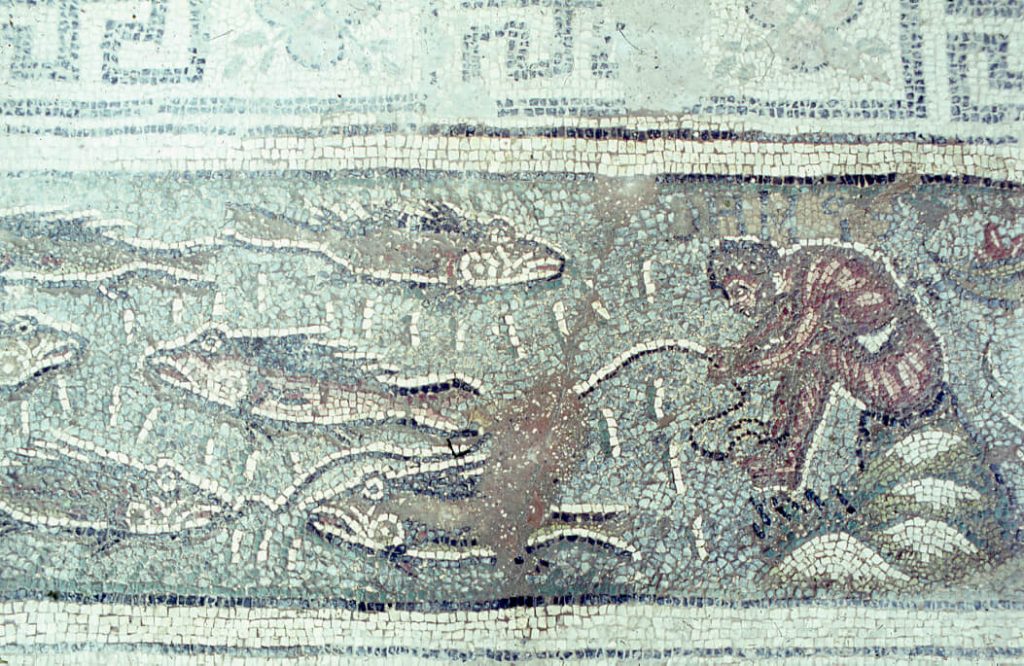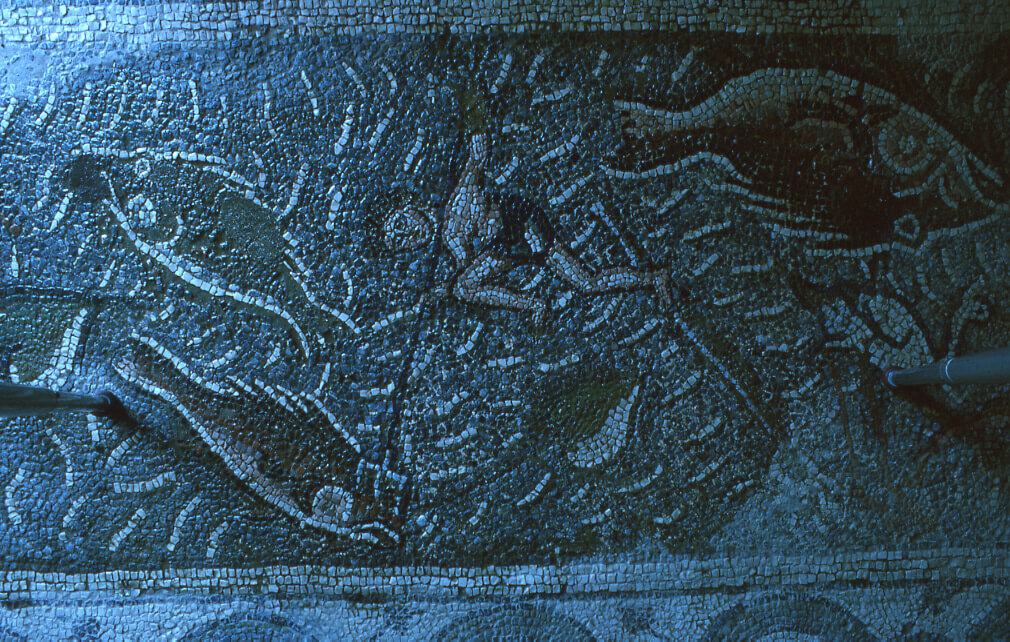Historical Review
The fish from the Ambracian Gulf are rich in special nutrients, offering consumers a distinct taste and superior health benefits.
Since ancient times, fish has been a vital part of people’s diet, and there are also indications of early fish farming practices. The first form of coastal fish farming is considered to be coastal shellfish farming by the Ancient Greeks, Romans, and Japanese.
The Etruscans, who were the ancestors of the Romans in Italy, established marine fish farms as early as the 6th century BC. In Greece, there are reports of shellfish farming dating back to the 5th century BC. Later, the Romans started to farm sea fish such as sea bream (Sparus aurata), which were highly regarded and featured in recipe books like Apicio’s ‘De Re Coquinaria’, around the 1st century BC. Since then, there has been a gap in the historical record regarding this particular type of fish farming, which probably followed the end of the Roman Empire and made a resurgence during the Middle Ages.
The mosaics of Nicopolis are timeless works of art and from their finely worked themes, we get information about the natural environment, agricultural work, and the intense fishing activity of the city’s inhabitants in the Ambracian Gulf and the Ionian Sea. Characteristic is the mosaic depicting a fisherman with his harpoon (harpooner).
Fish farms in the Ambracian Gulf were owned from time to time by various rulers. Religious institutions in the wider region had, from time to time, a share of their exploitation. As far as fishery products are concerned, organized fishing thrived in the area due to the lagoons of the bay being well-suited for fish farming.
Families like Tocchi and Orsini introduced a naval element to the ‘‘Despotate of Epirus’’. Venetian documents refer to the fish farms of Muriki Spata (Mauricio Spata), who was the local ruler of Arta from 1399 until his death, in 1414 or 1415. Charles I Tokko, after the conquest of Arta in 1416, gained control of all the resources coming from the salt pans and fish farms, while he held a monopoly on fish roe.
Ali Pasha was able, apart from the unbearable taxes he received from the cultivators of the plain of Arta, to exploit even the fish farms of the Ambracian by subletting them. In the last decades of the 19th century, there were 18 fish farms in Arta, owned by the Ottoman government, which leased them out to the Ottoman government.


